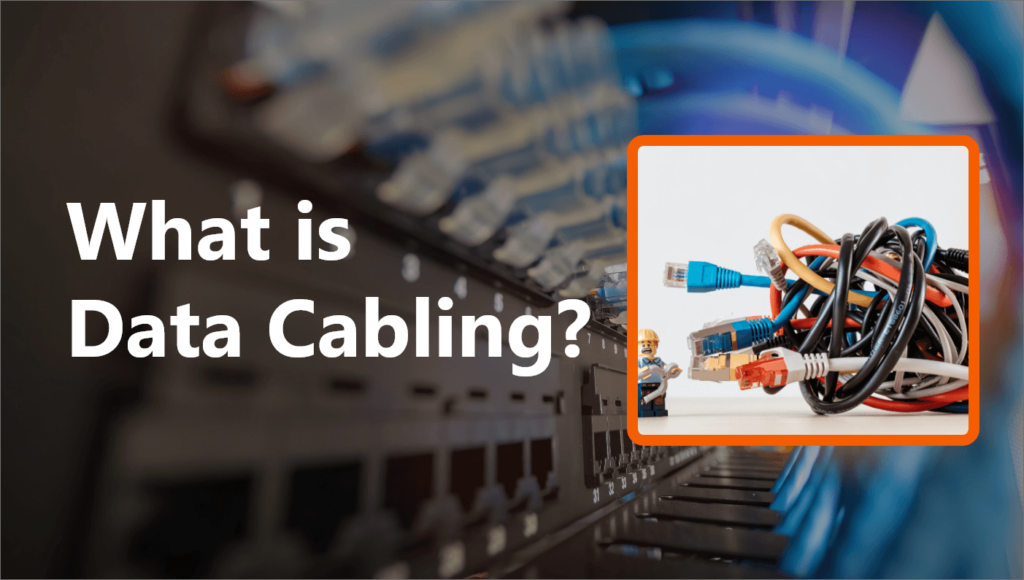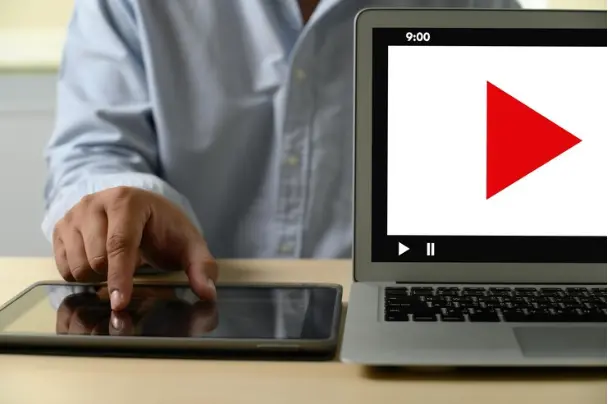What is Data Cabling? Exploring the Types and Uses of Data Cabling

In the recent era, no one is unfamiliar with data cabling. As we all know, data cables transfer data from one device to another.
Cables have become the most important part of current technology. They all have different designs that only suit the specific devices accordingly.
Many of you may need clarification about choosing the right one accordingly. It would be best if you had a strong grip on data cables which will let you choose the right one.
What Is Data Cabling?
The entire IT infrastructure depends on cables with them, you can share data between two devices. You might have different kinds of cables. All of them will be different according to their devices and purposes.
It would be best if you had the exact data cable according to your needs. But it’s hard to know about data cables for a person who isn’t familiar with IT. No worries, we are here to explain all kinds of cables to make things easy.
Types of Data Cabling
You expect numerous types of these cables according to their vast use. Only three types of cables have been introduced in the market.
- Coaxial Cabling
- Twisted Pair Cabling
- Fibre Optic Cabling
We will discuss all types of data cabling and may let you know their ins and outs, so be with us.
1. Coaxial Cabling
This is the most common cable type is used in TV installation and many other applications. It contains a single copper wire surrounding another copper wire in it.
Coaxial Data Cabling is commonly seen in business networks and homes for different connections. These cables may transfer the input with the help of their inner conductor, which is covered with the outer sheath.
-
Coaxial Cabling Structure
- Copper Conductor: The copper portion of the wire is used to transmit signals.
- Braided: It surrounds the internal copper wire and protects it from electromagnetic interference.
- Plastic Layer: This plastic layer helps to cover all of it, which keeps the wire safe from external damage.
-
Coaxial Cabling Advantages
- They contain high bandwidth compared to the rest of the data cables.
- This data cabling is considered the most reliable and trustworthy.
- Safe from electromagnetic interruption.
- These quality cables are easy to install.
- Another interesting fact about these cables is that these are multiple channels supportive.
2. Twisted Pair Cabling
The most common type of data cabling can be seen in homes, offices, business companies, and network-using places.
It consists of two twisted copper wires used to transfer signals without interruption. This cable could be used in video/audio applications.
Many of its types are considered the most reliable and trustworthy because of their quality, material, and durability.
We hope that all of you have heard the name of cat cables. It has maintained its reputation since 1995 till now because of its quality and customer trust.
-
Twisted Pair Cabling Advantages
- Easy to install and terminate.
- Minor damage in twisted pair cables will not disturb the network.
- Best for a short distance.
- This data cabling is a bit different than the rest of the cables because of its usage flexibility. These wires can be used for different purposes.
- All these cables are easy to use; you need to connect and use them.
- Digital data and analog will not be supported together.
- It can be used for audio and video applications.
3. Shielded Cables
These advanced shielded cables are covered with additional shields to secure them from different damages. This special shielding keeps them safe from cell phones and the rest of the damage.
These shielded data cabling can be seen in different sectors like medical or industrial. There will be more risks in both of these places. These shields will keep them safe from even electromagnetic waves.
4. Fibre Optic Cabling
These cables can be made of fiber optics, which may have plastic and glass in their core. There will be an outer layer to keep them safe from all of the outer damage.
Fiber optic Cabling works the same as twisted pair cabling, but still, there is a single difference between them. All fiber optics will send signals in the form of light pulses.
Another interesting fact about these data cabling is that signals can travel thousands of kilometers which will be a very reliable source to provide any network services in far places.
Do you know why people prefer fiber optic cabling? Higher bandwidth is one of the most significant benefits of these data cables. You can transfer the bulk of data in a very short period, even at distant places too.
They have multi-Gigabyte capacities, letting you transfer mega files in just a few seconds. You may need help to make things happen similarly to the rest of the data cables.
As we mentioned at the beginning of our discussion, every data cable has its capabilities and specialties. You, people, use them accordingly.
Uses Of Data Cables

There is no specific use for these data cables; you have seen them in many places, most commonly in offices, homes, industries, and companies.
All of these cables were introduced to connect all of the ethernet devices. Few of these are made for near connection; the rest send signals at distant places. Let’s have a deeper view of its uses.
i. Network Communication
All of this quality data cabling is used in many different devices accordingly. The most interesting fact is you can connect many computers and devices on the same network through these data cables.
Along with this, ethernet cables can also be utilized in these connections. These cables have been built to keep all the aspects in mind.
Have you ever noticed that if there are any minor issues or damage on the cable of the whole network, they will never transfer smooth signals?
You may face network issues in them, but all of these data cables we have mentioned above will work properly in the same way even after being damaged.
ii. Outer Cabling
You may already be familiar with it while using the peripheral devices, and you need data cables to transfer data from the computer to all these devices.
By connecting both devices through these cables by giving instructions, all of the information will move through these devices and then the next steps.
iii. Internal Communication
The system’s internal communication will be done only by data cable.
The computer’s parts are interlinked by cables to control its functionalities.
This will be possible when we attach a keypad to your system to give instructions because of these cables.
Final Words
We hope all of you have enjoyed this fruitful conversation. You will be familiar with some information but only at the surface level. We have discussed data cabling at a deeper level and have explored all of the hidden facts. All these data cables have different specifications, and we use them accordingly. Few are best for small-distance working, and the few for thousands of kilometers. These cables are entirely different from the rest of the ordinary cables. Minor damage can't affect their network transmission. You people can have any of them according to your capabilities and demands. It will be your choice in the end.
Read More : Pros And Cons Of Microsoft Teams in 2022
Read More : What is FTTC? Comparison Between FTTC Vs FTTP



